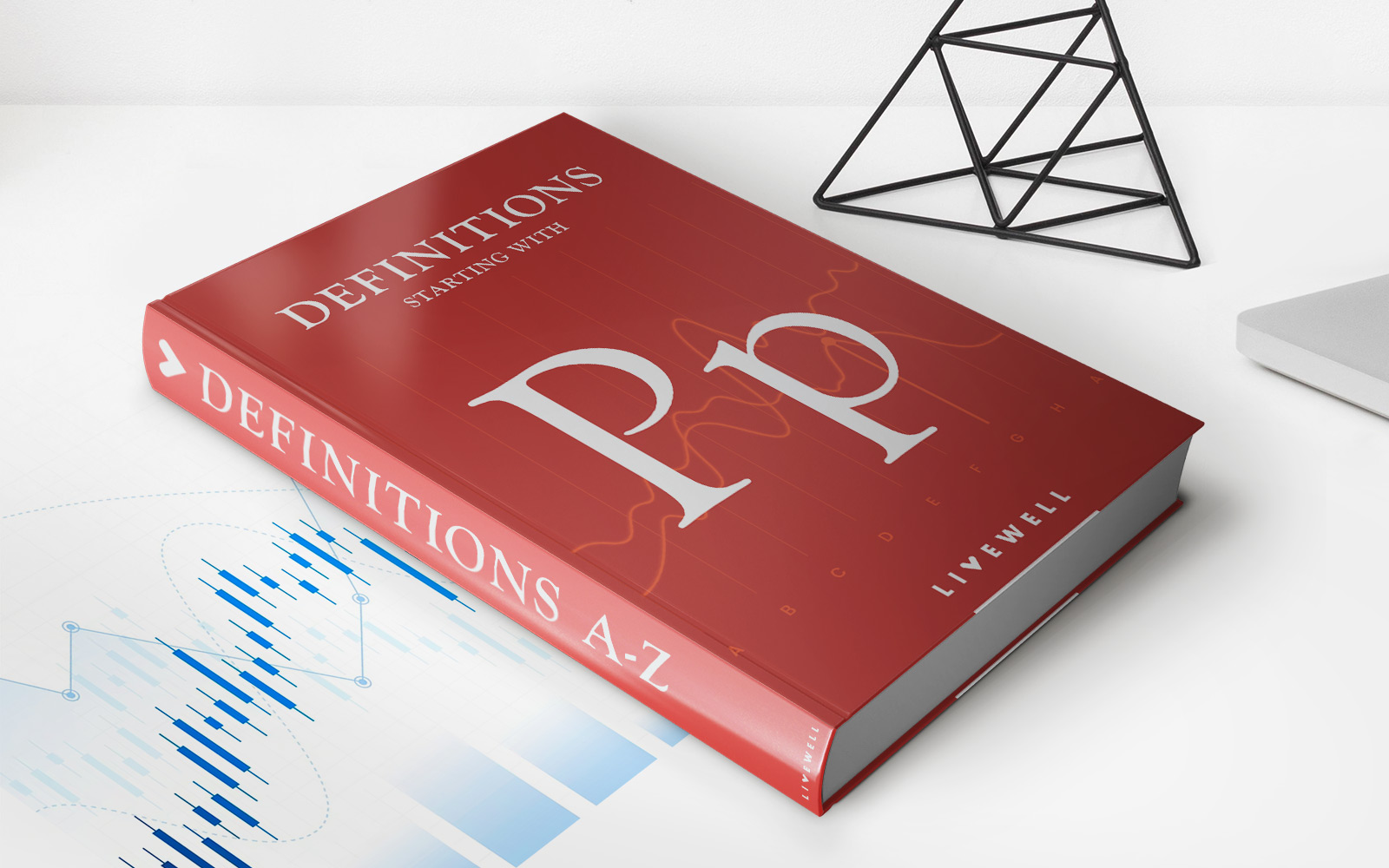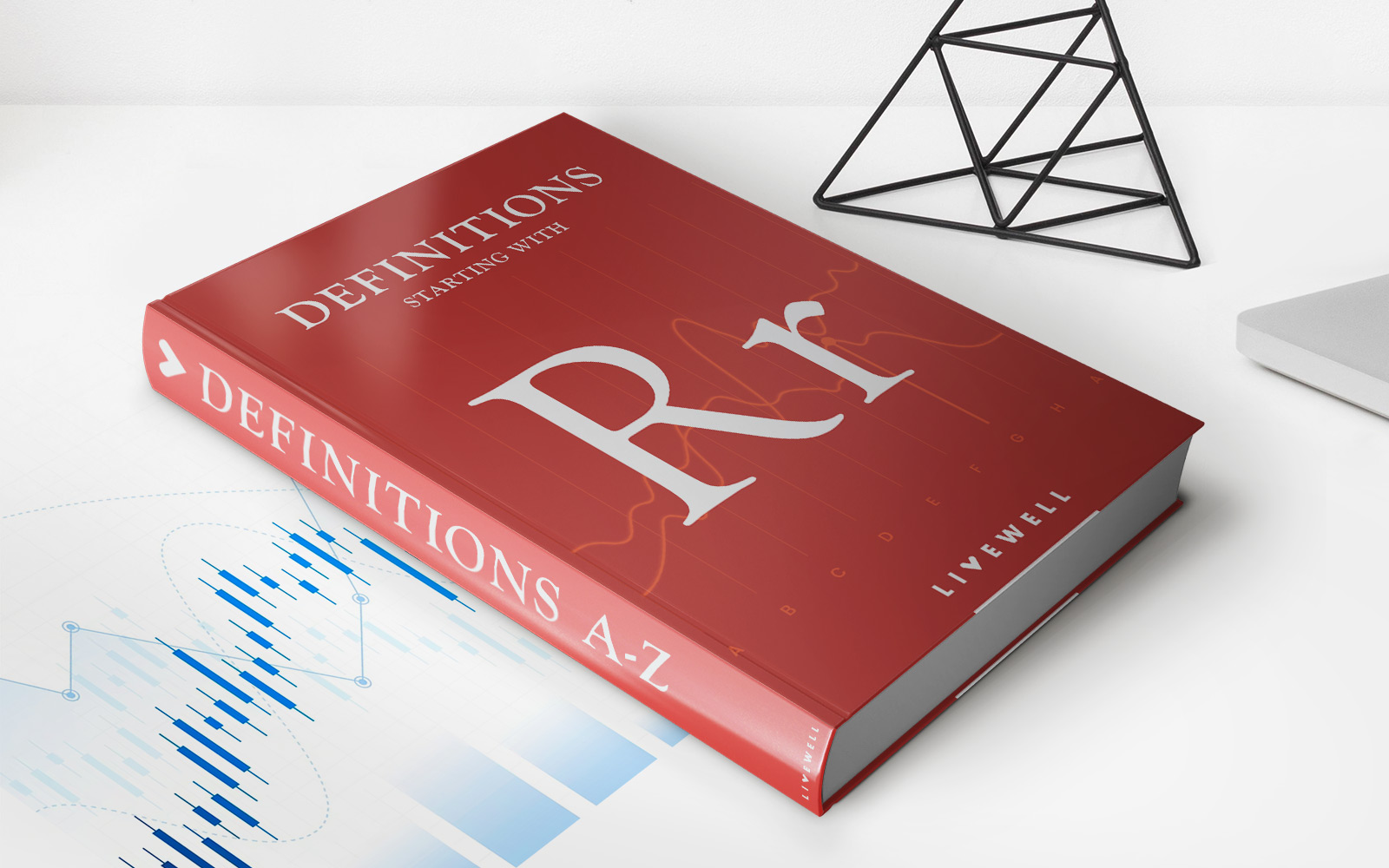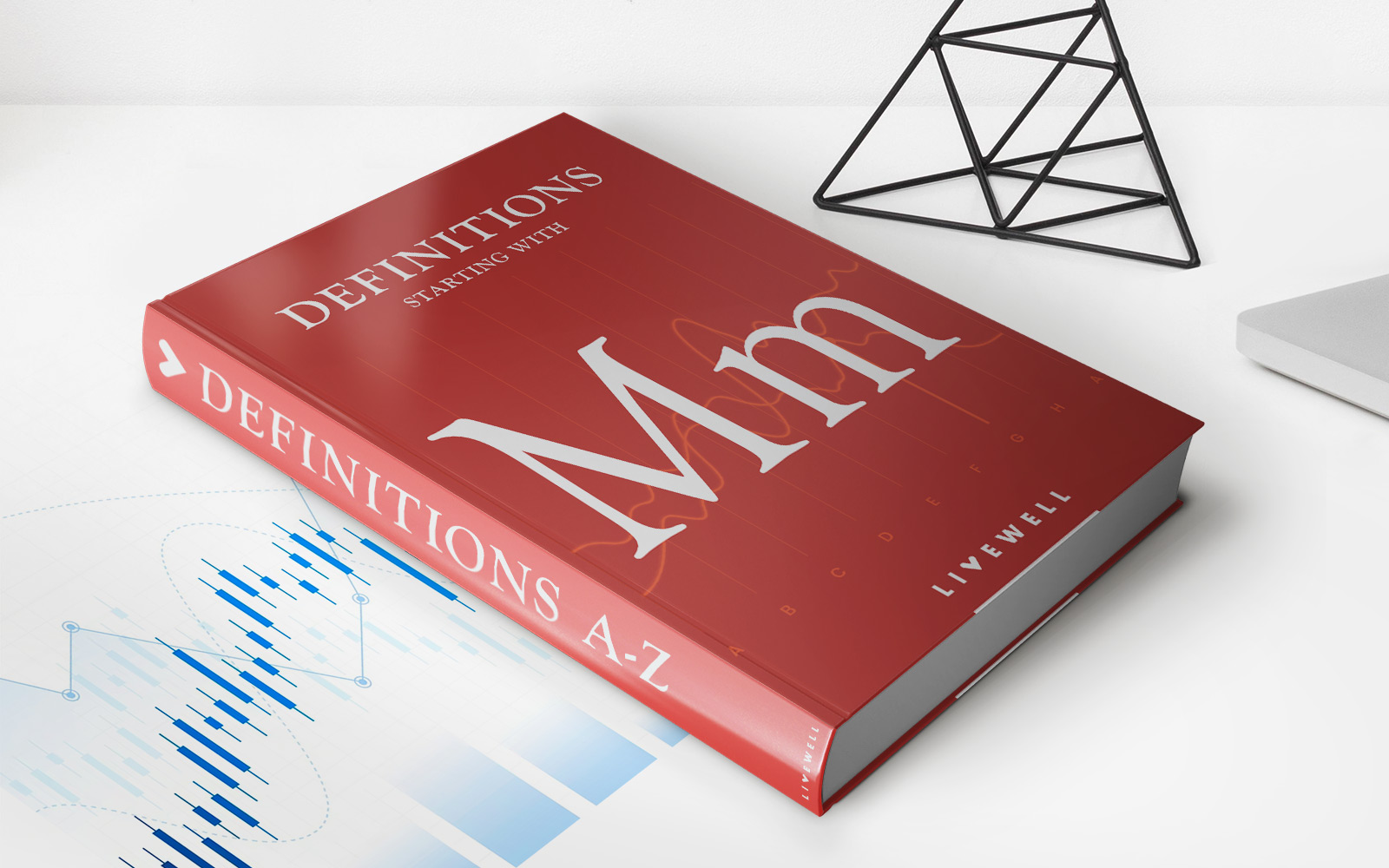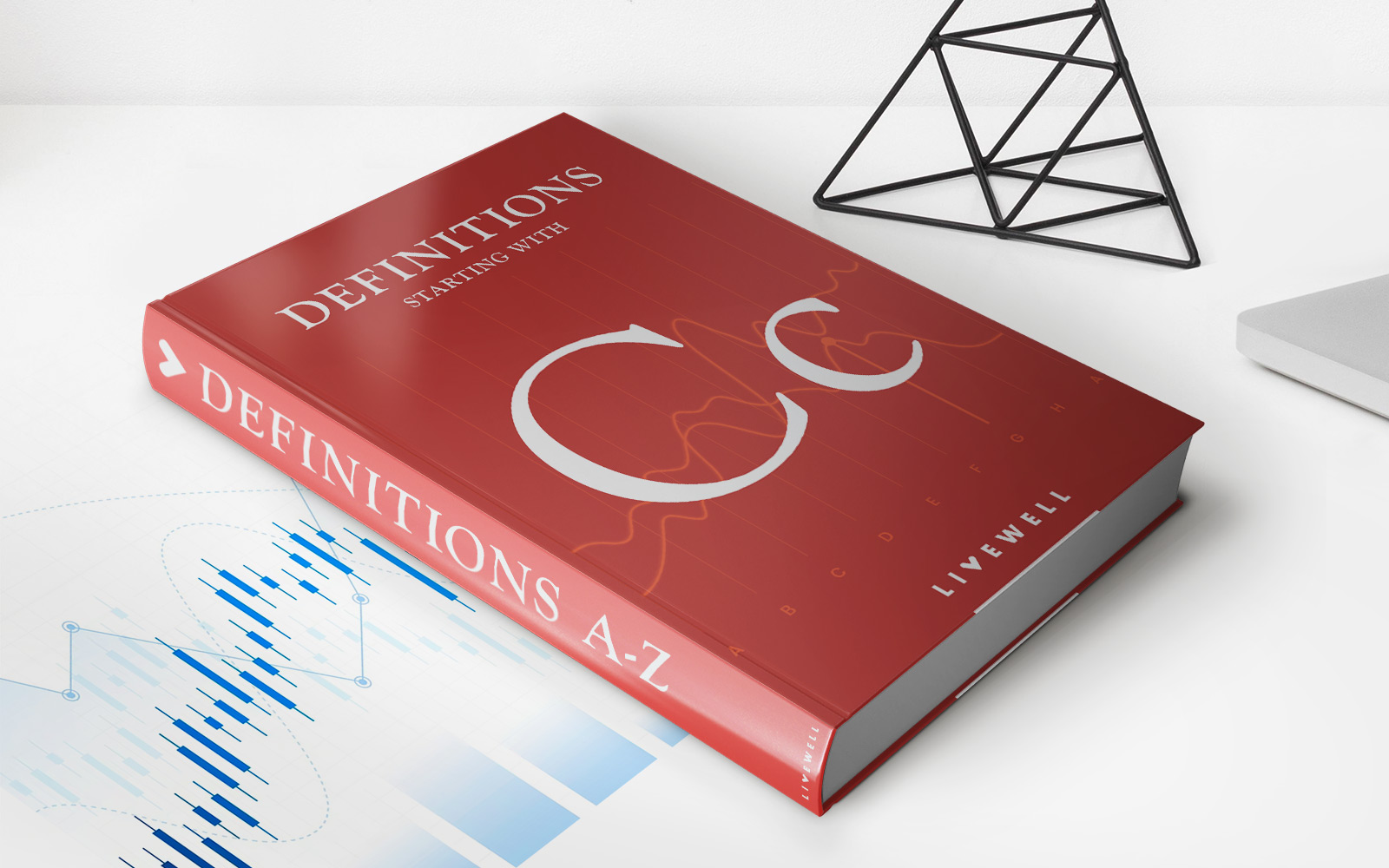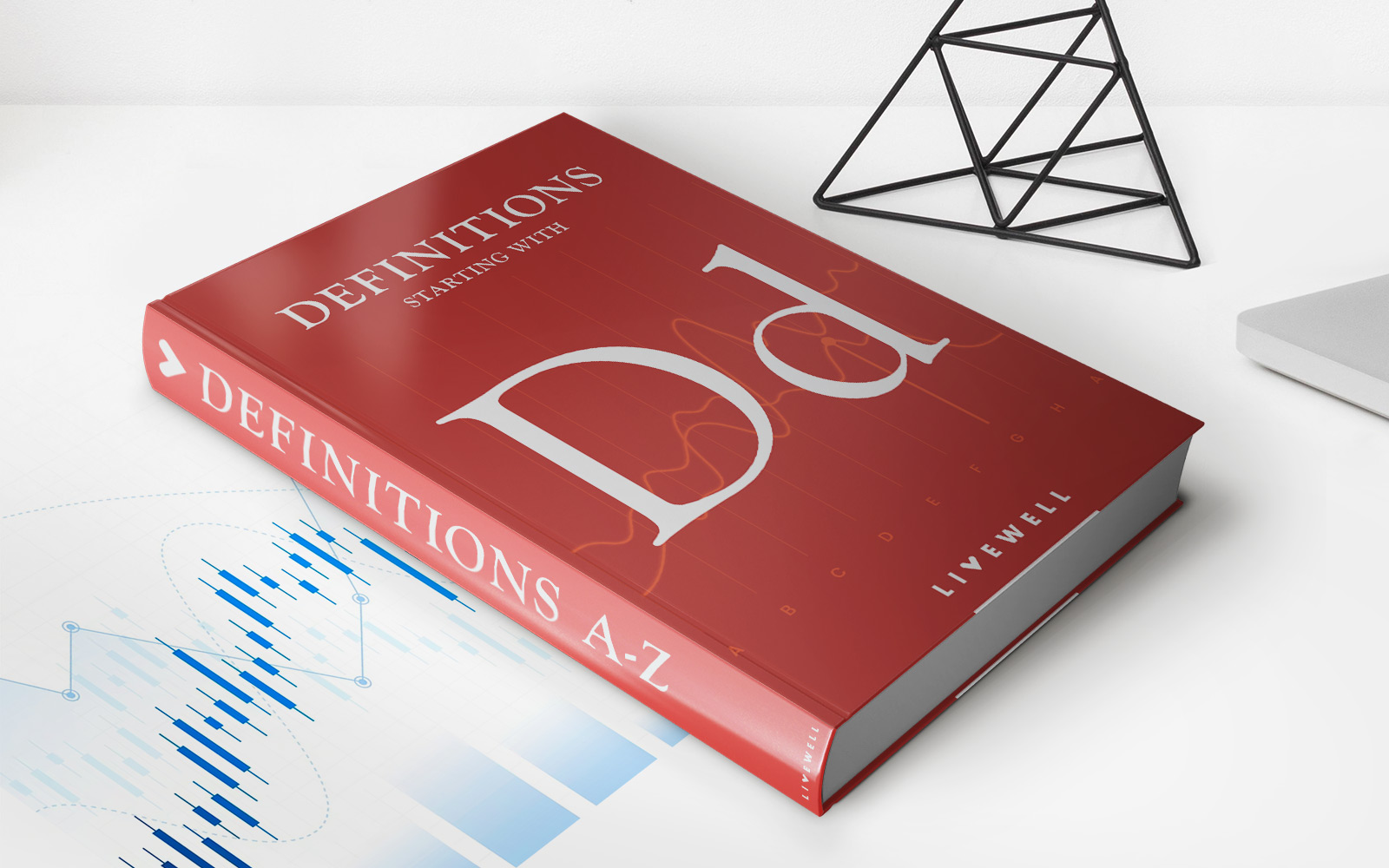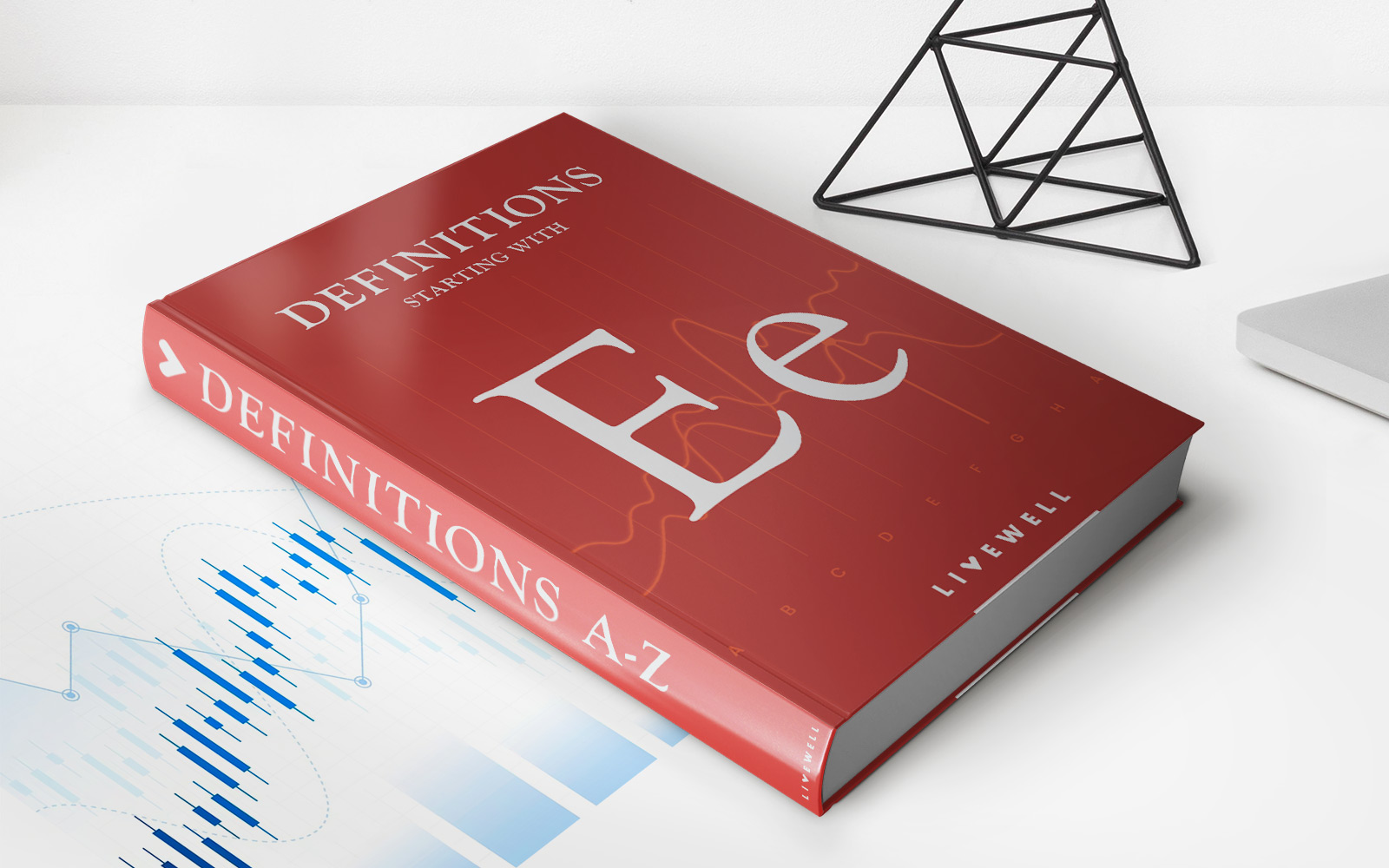Home>Finance>What Is Prime Cost? Definition, Formula, Calculation, And Purpose


Finance
What Is Prime Cost? Definition, Formula, Calculation, And Purpose
Published: January 11, 2024
Learn the definition, formula, calculation, and purpose of Prime Cost in finance. Gain insights into this crucial concept to optimize your financial strategies.
(Many of the links in this article redirect to a specific reviewed product. Your purchase of these products through affiliate links helps to generate commission for LiveWell, at no extra cost. Learn more)
Understanding Prime Cost: Definition, Formula, Calculation, and Purpose
As we navigate through the complex world of finance, we often encounter various terms that may seem unfamiliar. One such term is “prime cost.” But fear not! In this blog post, we will dive deep into the concept of prime cost, demystify its meaning, explore the formula and calculation, and understand its purpose in financial analysis. By the end of this article, you’ll have a clear understanding of what prime cost is and how it is used in the realm of finance.
Key Takeaways:
- Prime cost is a basic accounting concept that refers to the sum of direct labor expenses and direct material costs incurred in the production of goods or services.
- By calculating prime cost, businesses can determine the direct costs associated with manufacturing a product or delivering a service, helping them make informed decisions about pricing, efficiency, and profitability.
What is Prime Cost?
Prime cost is a fundamental term used in accounting and finance to measure the direct costs associated with the production of goods or the delivery of services. It includes the expenses directly attributed to labor and materials used in the manufacturing or provision of a product or service.
In simple terms, prime cost represents the essential ingredients or building blocks required to create a product or service. By analyzing and understanding prime cost, businesses can gain valuable insights into the production process, evaluate cost efficiency, determine pricing strategies, and assess profitability.
How to Calculate Prime Cost?
The formula for calculating prime cost is relatively straightforward:
Prime Cost = Direct Labor Costs + Direct Material Costs
Let’s break down each component:
- Direct Labor Costs: These costs include wages, salaries, benefits, and other expenses directly related to the workforce involved in the production process. It includes the pay of individuals who physically work on the production line or provide a service.
- Direct Material Costs: These costs encompass the expenses associated with the raw materials and components used in the production process. It includes the cost of purchasing or producing the materials required to create the end product.
When you add up the direct labor costs and direct material costs, you arrive at the prime cost, which represents the primary expenses involved in the production or service delivery.
The Purpose of Prime Cost
Prime cost serves several important purposes in financial analysis:
- Pricing: By understanding the prime cost, businesses can set appropriate pricing for their products or services to ensure profitability while remaining competitive in the market.
- Profitability Analysis: Prime cost analysis helps businesses evaluate the profitability of their products or services by identifying areas where costs can be reduced or efficiency can be improved.
- Cost Control: By tracking prime cost, businesses can identify cost drivers and take measures to control and reduce expenses, ultimately improving their bottom line.
- Decision Making: Accurate prime cost calculations inform critical decisions such as product line expansions, outsourcing, or investment in automation, enabling businesses to make informed choices based on solid financial data.
Prime cost is a crucial element in financial management and offers valuable insights to business owners, managers, and investors. By understanding this concept and using it effectively, businesses can enhance their cost management strategies, optimize operations, and drive profitability.
So there you have it – a comprehensive understanding of what prime cost is, how to calculate it, and its significance in financial analysis. By harnessing the power of prime cost, businesses can make informed decisions, stay competitive, and thrive in today’s dynamic marketplace.

